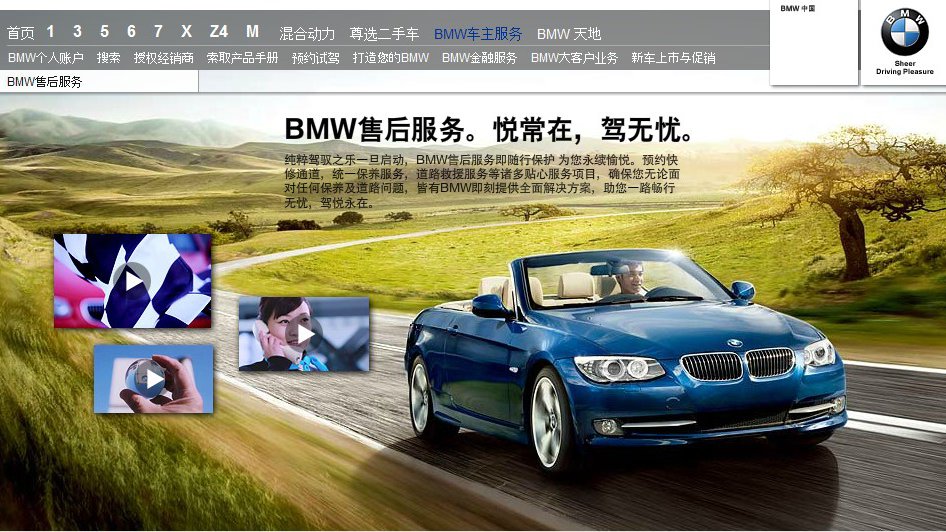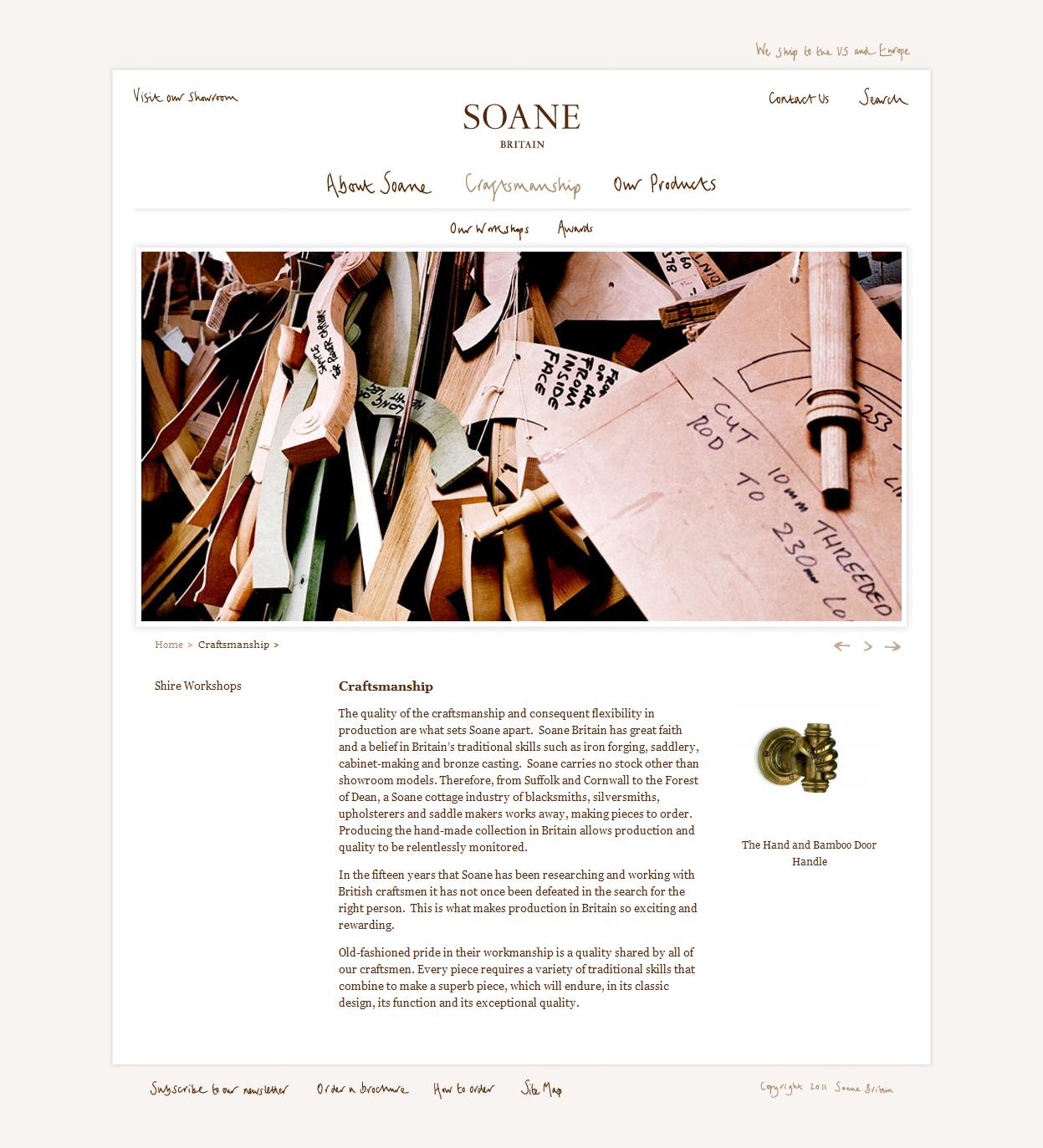How Luxury Society members compare with the experts when defining a good website

How Luxury Society members compare with the experts when defining a good website
How LS members compare with the experts when defining a good website
The Chinese website of BMW, one of only three brands ranked ‘genius’ in the recent L2 Prestige 100®: China IQ report
In just a couple of weeks, the folks over at the think tank L2 will release their much anticipated annual Digital IQ Index® for the luxury industry. L2’s founder, the NYU Stern Professor Scott Galloway, and his team have been keeping very busy indeed over the past month or so. Galloway’s highly respected researchers have recently unveiled several other reports which should keep luxury brand executives on their toes, like the L2 Prestige 100®: China IQ report and their Specialty Retail report.
But for all the plaudits bestowed upon L2 and a few other organisations for assessing the digital strengths and weaknesses of luxury brands through rigorous quantitative and qualitative analysis, no diagnosis can be perfect – nor can it be perfectly accurate for that matter. There are simply far too many variables to consider. Not to mention the fact that each brand’s unique cache leaves far too much room for interpretation.
It’s a conundrum that keeps not only cutting-edge consultants and strategists like L2 investigating but also behemoths of the marketing world like ADWEEK probing long-held truisms. Despite its rather sensationalistic headline (“Is Digital Killing the Luxury Brand?”), some of the issues raised in an article published a couple if weeks back are still valid in a world where digital has become part of the very fabric of our business. In particular, there is one issue that now all too often gets swept under the carpet for fear of seeming out of touch or sounding ‘so last millennium’.
“ One digital issue all too often gets swept under the carpet for fear of seeming out of touch or ‘so last millennium’ ”
“Now that [luxury brands] have embraced digital, [they] find themselves having to face the fears that kept them from it for so long. Digital isn’t as easy to do as some of them would like to think. And if the brands do it badly, the democratizing effect of digital can backfire on them," wrote the author of the ADWEEK piece, John Ortved. "The question of how brands that pride themselves on exclusivity — indeed, that depend on it — can keep their brand image from taking a turn for the tawdry in a digital universe is one luxury designers can’t afford to ignore. The watering down of a brand can do real damage.”
Of course this is nothing new for luxury executives who were the very first to identify it but the fact that it is being highlighted again now by such an esteemed publication is a stark reminder that, at every step they plot their digital course, brands should remain vigilant of this very real risk for the foreseeable future.

The Macy’s Backstage Pass which used QR codes and SMS technology to deliver video content to shoppers’ mobile phones. Macy’s was one of only 3 specialty retailers deemed ‘genius’ by L2.
So as the experts at L2 put the finishing touches on their forthcoming Digital IQ Index® and other oracles ruminate over the finer points of what constitutes a good digital strategy, we thought we’d find out what luxury professionals are saying about one of the most fundamental aspects of a brand’s digital development: the website.
In one of our most popular and longest-running forum threads, LS members have been weighing in on the question "Out of all the luxury brand websites, which do you think is the best and why? " for nearly two years. Surely, listening to the voices of the professionals on the ground can provide some valuable insights to supplement that of the digital specialists….
The debate began with a post from IWC’s Head of Consumer Marketing in Switzerland, Dominic Baldwin-Weir, who conceded: “I realize this is a tough question to answer, because they all have different business objectives and needs to fulfil but if you had to make a choice which would you choose and why?”

Soane’s homepage
At the start of the discussion two years ago, votes were first cast by Luxury Society founders who tapped the sites of Alain Ducasse’s restaurant Le Jules Verne on top of the Eiffel Tower, the Mardan Palace hotel in Turkey and British furniture maker Soane for being “intuitive, impressive and informative.”
Then things began to get interesting. Ruchira Bose, MD of the Lx Report Digital Pte Ltd in New Delhi cited Van Cleef & Arpels because “its style of navigation captures the magical and enchanting quality of VCA jewellery.”
Luba Libarikian, a producer at LBi in New York said that Issey Miyake obviously devoted more resources toward creating a rich web experience than others in our sector and suggested that luxury brands take a cue from the MoMA museum because they’d “done something…that shows they understand their users — perspective browsing — customizing the online journey based on the unique points-of-view of their user groups.”

The homepage of the MoMa museum in New York
Instead of reviewing the usual product-bearing brands, Philippe Mihailovich, author and brand consultant behind HAUTeLUXE, recommended two sites for their luxury content, perspectives and editorial: Luxury Culture and 20 LTD.
In terms of the travel and hospitality sector, Berta Matos, Meeting & Events Manager of Sol Meliá Hotels & Resorts based in Tenerife, Spain suggested Kiwi Collection while Batoul Korti, Marketing Director of Tendance Horlogerie in Paris, made the distinction between those sites that are engineered well for doing business on the internet and those which are beautifully designed and act as image-making machines. For the latter, she tapped Hublot.
One interesting moment in the forum came when Geneva-based Katrin Kunnap, VP of digital advertising in private jet terminals at ADLUX enthused: “Have a good look at new site of Fabergé – the real fairytale. I love it!" Shortly afterward came a thank you from Fabrice Paget, founder of the agency which created Fabergé’s site, Napkin London.
To which Lynn Murray, the Brand Director of 3D digital media firm Holition, responded with the proverbial thumbs-up: “Luxury should be about experience. I think Fabrice has done a really great job on the Fabergé site: on brand, intriguing, and directional,” she wrote. Could this conversation snippet be a case of 360 degree professional networking at its best?
More importantly, how do these sites – which were touted by our members over a two year period – measure up today? In retrospect, are they classics which have stood the test of lightening-speed digital era time? Or are some already in need of a desperate update? And, how do we effective compare and rate luxury brand sites at all when, as Dominic Baldwin-Weir, the executive who instigated this discussion in the first place so succinctly put it: “One size does not fit all” anyway?
Have your say. Join the discussion…








